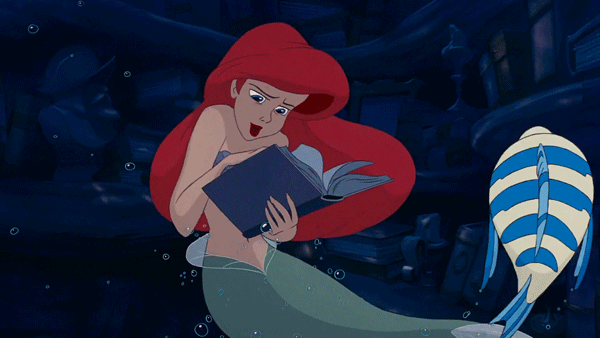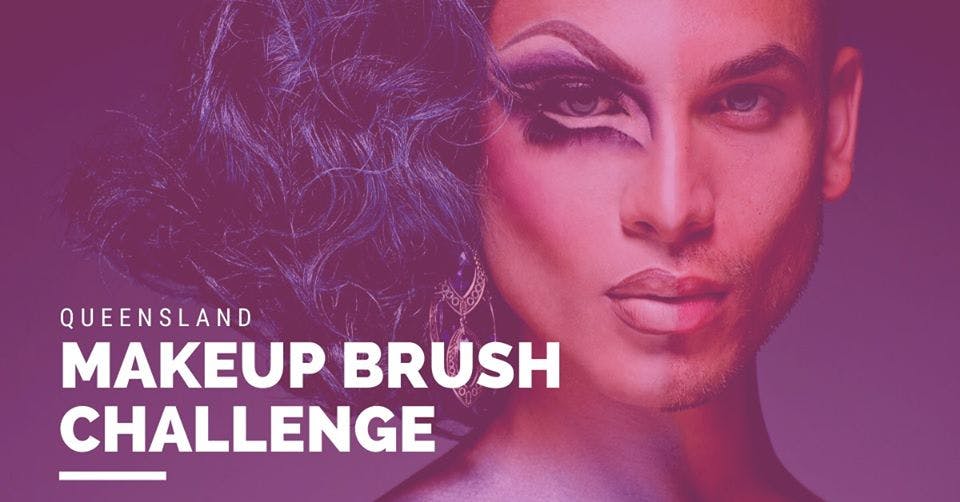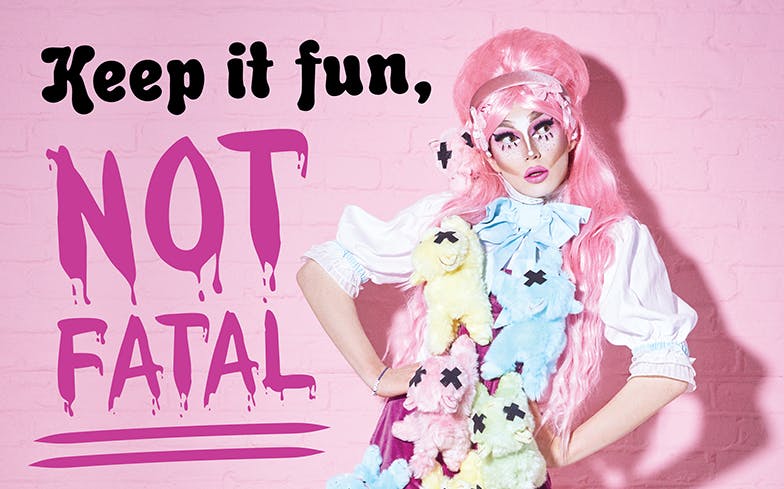When it was announced last week that Disney had cast Halle Bailey in the titular role of the live-action remake of The Little Mermaid, the news set the Internet ablaze.

While many supported Disney's choice of casting a person of colour, there were others who spoke out against it claiming that Ariel should only be played by a Caucasian. Some tried to prove this by outrageous "Mermaid Science," Yep, that seems to be a thing now. While others claimed it was an outrage to gingers all over the world, then there were those that referenced the fairy tale's Danish origins, saying that Ariel (who didn't have that name in the original story btw) was European and must be white.
Applying such logic to a fictional cartoon character who is part human and part fish, seems all kinds of idiotic, but this has actually become a massive thing on the Internet in the last week, especially with full grown adults. There's something to say about how privilege has a lot to do with the debate, but what I'm about to share with you is also bound to make a ripple in the discussion.

I'll be straight up, I love the original tale by Hans Christian Andersen and Disney's 1989 classic, but both are so different to each other especially their endings, that the one thing they share the most in common is really just the name The Little Mermaid. However, if people really want to go hard with being "historically accurate," perhaps it's time to change Ariel to Adam.
According to Hans Christian Andersen biographers, who also believe he was bisexual, claim that the author penned the original back in 1837 as a supposed love letter to a man named Edvard Collin.
"I languish for you as for a pretty Calabrian wench... my sentiments for you are those of a woman," Andersen wrote, "The femininity of my nature and our friendship must remain a mystery."
As the story goes, the feelings were not mutual, with Collin writing in his own memoir, "I found myself unable to respond to this love, and this caused the author much suffering."
When Collin later married a woman, Anderson wrote The Little Mermaid, in which sees the prince in the original marrying another woman. After refusing to stab the prince so she could return to her Mermaid self, heartbroken she throws herself off a ship, and her body dissolves into foam. Because of her selflessness, rather than ceasing to exist, she turns into a luminous and ethereal earthbound spirit forced to remain on the earth doing good deeds for mankind for 300 years earning her own immortal soul.
According to history, Andersen never sent the story to Collin, but there's no denying that the similarities of unrequited love can be seen within the original text. Literary critic Rictor Norton goes on to explains that Andersen "displays himself as the sexual outsider who lost his prince to another."
Quite a bit different to Disney's happy ending, don't you think?
It's interesting when you take into account Andersen's supposed unrequited gay love story behind the beloved tale and also remember that the song 'Part of Your World' was written by a gay man, it seems The Little Mermaid, has always been a lot gayer than we thought.
Imagine a gay mermaid of colour? Now that would really get people in an uproar lol
[Source]










